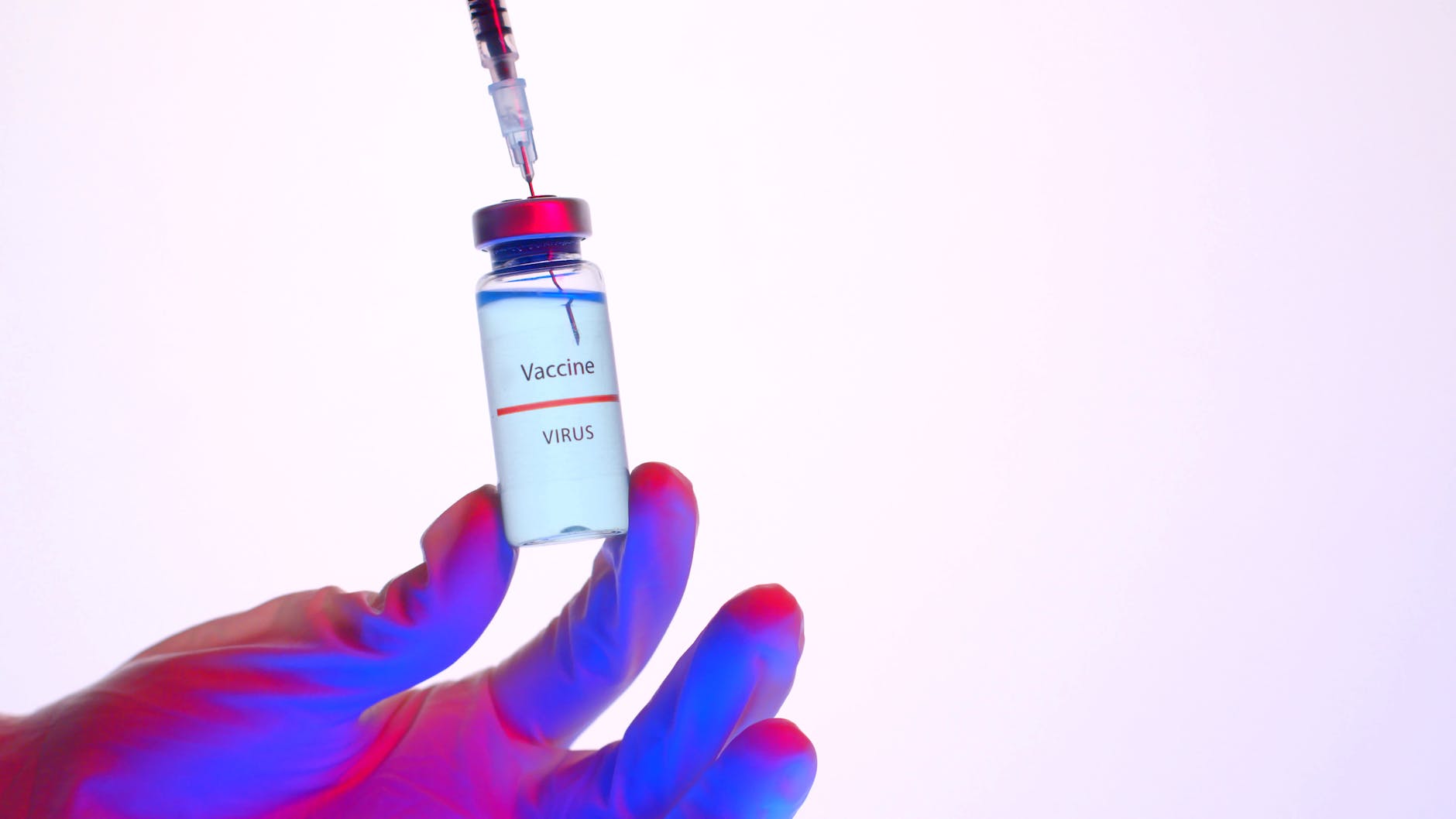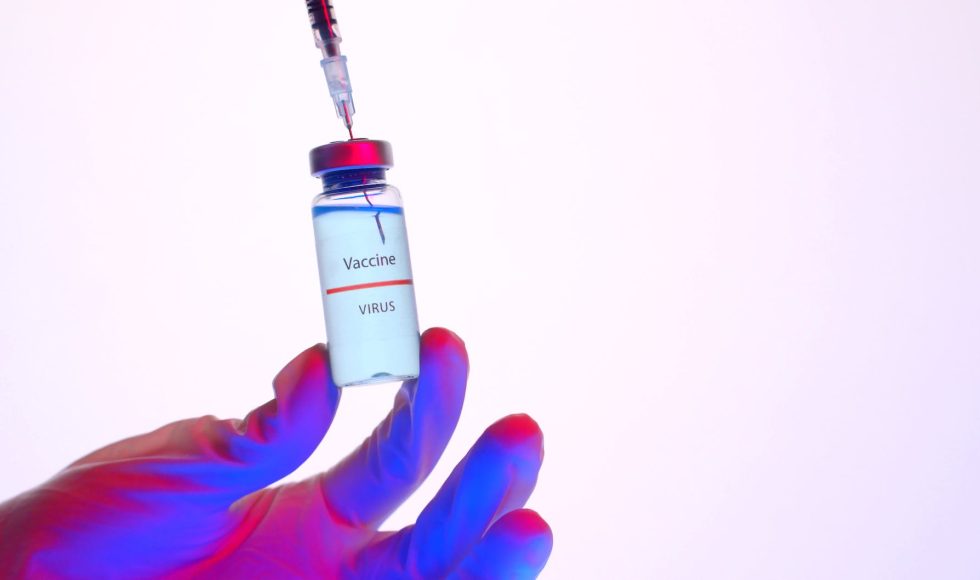Sarah Frampton from the University of Southampton, UK spoke at the Nanopore Community Meeting 2022 on “Shinning a light on the FCGRs: deconvoluting their challenging (epi)genomic organisation and consequences in immune oncology research.” Frampton is a Ph.D. student and spoke about monoclonal antibodies and their therapeutic potential. The Fc gamma receptors, Frampton explained, are important in immune responses. The Fc gamma receptors and their regulation are still subject of active research. The FCGR locus has repeat ranges that make is difficult to sequence and assemble. Frampton explained that Nanopore sequencing and long-reads are useful in understanding this locus. In 2019, Frampton optimized a whole genome protocol, and shared data of the number of active sequencing pores over time. Frampton computationally enriched for the FCGR and then obtained 50X average coverage from a single MinION flow cell. They developed enrichment and adaptive sampling techniques to sequence more FCGR. They validated Nanopore sequencing with Bionano optical mapping, a technology that I didn’t know about. They are now using Remora for epigenomics and base calling. Nanopore sequencing allowed Frampton to generate accurate maps of FCGR with epigenetic information. This session highlights how a combination of approaches can help develop and validate methods. I want to try Remora for some of the samples we are sequencing too!



